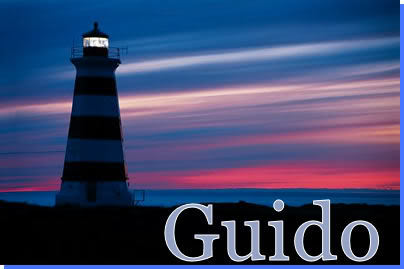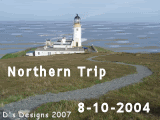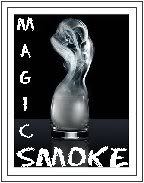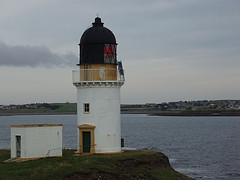Wednesday, 29 September 2004
Hoy - 29/09/04
In the morning, I jump on the bus to the Houton Ferry, to go to Hoy.Crossing was rendered uninteresting, because we were required to staybelow decks all the way to Lyness. On arrival, I have to time my walkcarefully. Lyness itself is just plain unsightly. It used to be part ofthe Scapa Flow naval base, and after the war the Royal Navy just pulledout and sailed off into the sunset. The base was just left to fall toruin. Worst are all the buildings, also scattered over the hillsidebeside the village. I walk north along the B9048, in the generaldirection of Moaness, at the northern end of Hoy. After about 45minutes, I have left the village and am in the farming area of theisland. Workmen are laying long stretches of blue piping, which I laterlearn are water mains. At 12.45, I reach a picnic site by Pegal Bay.This abuts a small, fenced-off nature reserve. All along this roadyou'll encounter milestones, totting up the distance between Lyness andMoaness. After Pegal Bay, the road veers inland to cross over theshoulder of Pegal Hill to Lyrawa Bay. Below Lyrawa Hill, 5½ miles / 9km outside Lyness, I encounter Betty Corrigal's grave. This is a recentfeature, a fibre-glass tombstone dedicated to the memory of a youngwoman who committed suicide after falling pregnant out of wedlock inthe 18th century. She fell for the charms of a sailor, who afterwardsdisappeared. She was buried in an unmarked grave, because suicides arenot buried in consecrated ground. She lay undisturbed for 160 years,until her coffin was found by peat cutters in 1930. Her body hadremained virtually intact, only the noose beside her had turned todust. She was reburied, but during WW2, sailors frequently got her out.Finally, in 1949, she was buried for the last time. An Americanminister asked for the current headstone to be erected, but this wasnot done for another 27 years. After a moment or two, I squelched myway back to the road. I walked up the track, onto the nearby LyrawaHill, to view the gun emplacements that lie abandoned there. Nice viewseast, towards Wideford Hill near Kirkwall, and the hills above Houton.At 2pm, I went back towards Lyness. Forty minutes later, I was verykindly offered a lift back to Lyness by an elderly Australian couplewho were here to trace ancestors by looking round graveyards. Their carmade short shrift of the remaining 4 miles, and I was left with 1½hours to kill around Lyness. Wandered up the hill to an ugly, derilict,concrete building that looked as if it had been some sort of HQ.Everything covered in layers of dirt, electrical wiring hanging allover. To escape the chilly north wind, I sat down in the lee of thebuilding for a cuppa. Then ambled down to the ferry terminal. Ferryarrived at 4pm, but they raised the ramp again. It's not due to sailuntil 4.40. Have a look round the Scapa Flow museum, and the hazardousdockside. Ferry leaves on time, and I'm having a pleasant chat with anice couple in their mid 50's. They offer me a lift back to Kirkwallonce at Houton. One other person joins me in the car, but not beforesomebody returns me a glove I had dropped somewhere. I'm dropped offoutside Safeways for shopping at 7pm. On return to the hostel, I decideto take the late ferry to Aberdeen. A quick taxiride at 10.30 dulydelivers me to Hatston, where the ferry lies docked. After about 10minutes, I'm allowed on board. Am shown to my cabin, where I take ashower, then retire for the night. The ferry sails at midnight, andexactly 4 weeks after arriving in Orkney, I'm leaving the islands. Theswell rocks me to sleep.
Subscribe to:
Post Comments (Atom)












No comments:
Post a Comment